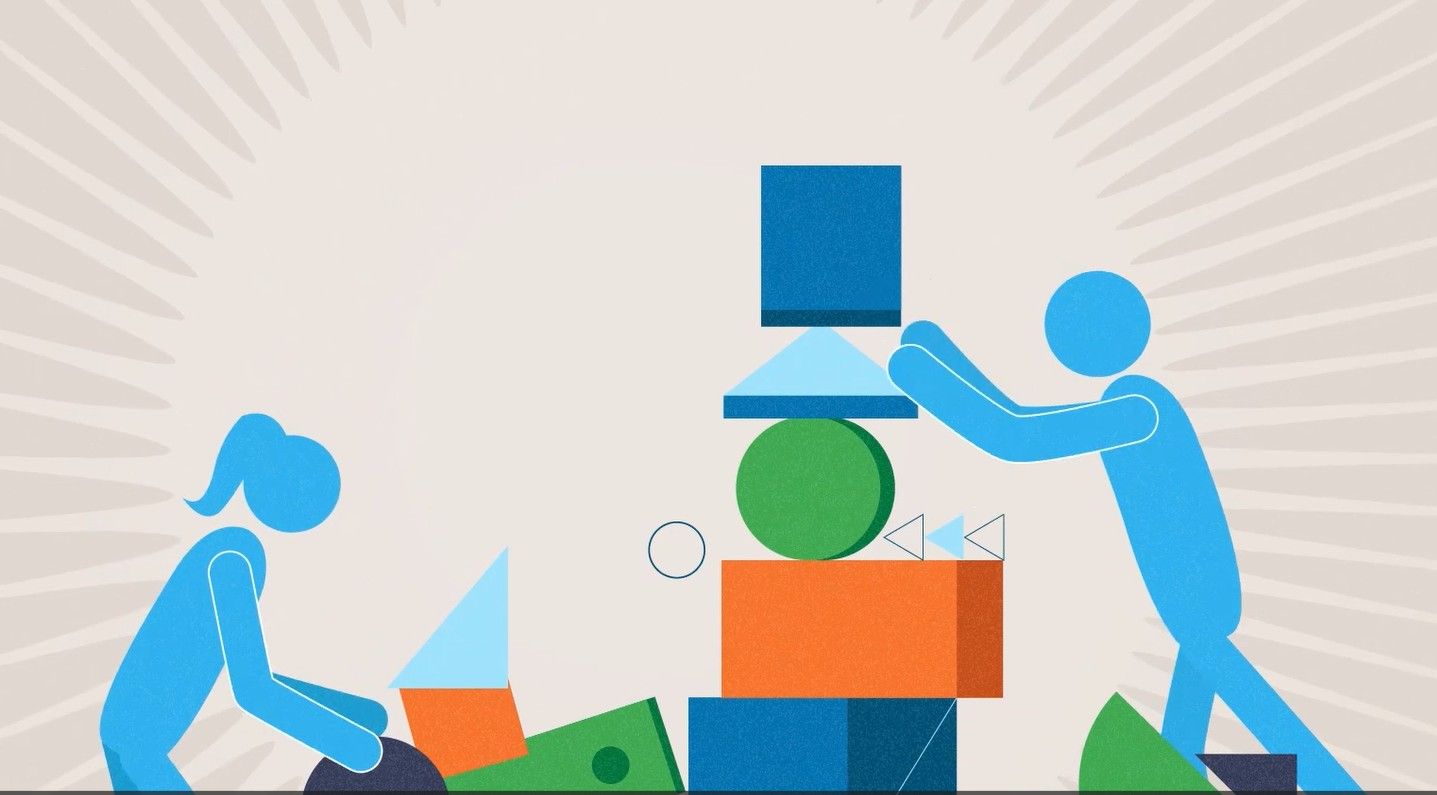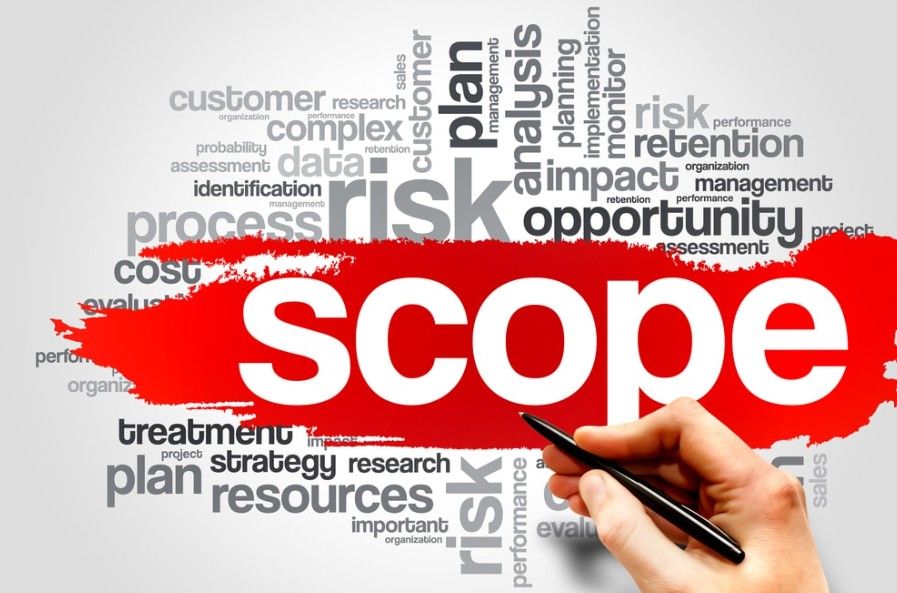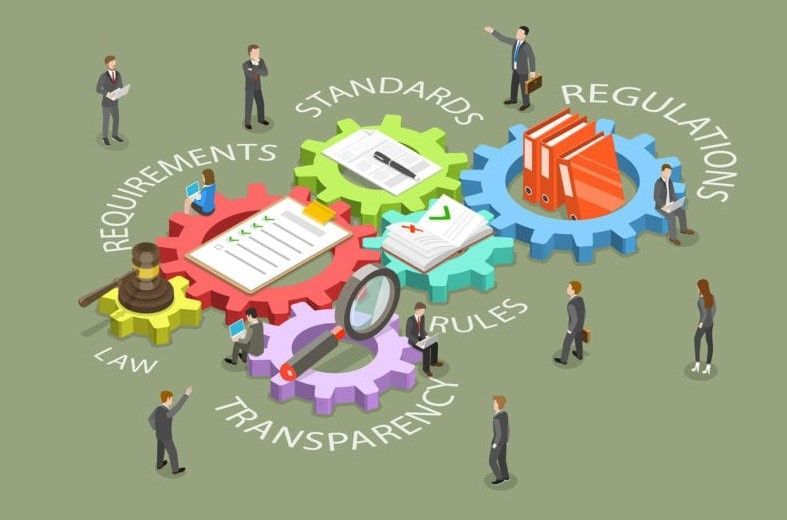What Do We Do Here? Why Does It Matter?
August 14, 2025
Our presentations and courses grow out of our fundamental business development mantra: Deliver value in every interaction . They offer practical ways to change behavior, develop processes, and build relationships that bring in business for companies, professional services firms, and not-for-profit organizations.
Our goals in this column each month are two.
First, and essential to ensuring that you read what we have to say, is to deliver value that you can use in your business, professional practice, or not-for-profit organization. We want you to look forward to receiving the column each month. Value might come from a story that makes a point about a sales or marketing approach—or inspires by showing what’s possible, even during especially challenging sales. There is clearly value when we explain skills or strategies. We truly appreciate the encouragement and support readers have provided over the years. (We always want to hear about what’s on your mind.)
Second, we hope to help you understand what we do here at Productive Strategies—that is, what our business is all about. The reason is that we want you to have us top of mind so that when you run into a problem we might be able to solve, you’ll give us a call to talk about it. Sometimes that happens right away. At other times, we hear from people who’ve been reading the column for years and then see a way we might be able to help.
Generally, the columns downplay what we do. They are not—and we do not want them to be seen as—sales promotions. On the other hand, we believe that helping you understand our work is also a way to deliver value.
Our key free offerings make great meeting presentations for groups with program slots to fill. You’ll come away with a good understanding of the topic and some takeaways you can use. Our fee -based courses provide in-depth instruction in skills and develop customized processes that will improve your business development efficiency and effectiveness, often substantially. Our work is not simply tips and techniques. It changes behavior, creates processes, and reinforces both so that they become second nature.
It’s important to know that all of our work, including our programs and courses, is based on the fact that 20 percent of salespeople or business and funding developers in any company, professional services firm, or organization bring in 80 percent of all new business. Simply put, they are the very best at persuading prospects to become customers or clients or donors or volunteers. The good news is that these top producers all behave in essentially the same ways. Even better is that their behaviors can be taught—and learned.
“You don’t have to be great to start,
but you have to start to be great.”
—Zig Ziglar
So, here’s a brief rundown of the various programs we offer—along with the value they deliver.
Our complimentary (free!) programs cover sales and marketing topics, including prospecting and lead generation, cold-calling skills, persuasive communications, negotiation, and increasing referrals. They run from 45 minutes to an hour. Businesses, professional services firms, CEO peer learning groups, networking sessions, and not-for-profits, especially professional associations, use them when they’re looking for program and meeting speakers. Think lunch, dinner, office change-of-pace—even boards of directors sessions.
Our fee-based courses dive deeper into the same and similar topics. They vary in length, but every one offers skills and processes that improve business development results and even interpersonal relations. Participants include salespeople, CEOs, executives, managers, and professionals who are expected not only to perform at high levels but also to bring in business.
| • | FOCIS® Negotiation (Free Presentation or Paid Course) : Our 45-to-60-minute complimentary program introduces this important topic. Our paid course teaches consultative, “win-win” negotiation techniques over two consecutive days during which participants negotiate three real cases. The course requires a minimum of eight participants, not necessarily from the same company. Price: $2,950/person. |
| • | Increasing Referrals (Free Presentation or Paid Course) : The complimentary, one-hour overview covers theory, hands-on skills, and a reusable planning handout. The full, half-day program goes into more detail and specifics, role-plays, and a 47-page workbook. The cost is $495 per person, and the course can accommodate any number of participants. Our next program is scheduled for Monday, November 4. |
Never give up on a dream just because
of the time it will take to accomplish.
The time will pass anyway.
—Earl Nightingale
| • | Managing Independent Sales Reps Course : Available only as a four-hour, half-day program. The fee is $495 per person with a five-person minimum and no maximum. |
| • | The Five Levels of Marketing Course : Available only as a four-hour, half-day program. The fee is $495/person with a minimum of five people and no maximum. |
| • | FOCIS® Consultative Selling : For 26 years, we’ve been teaching the behaviors of the very best salespeople and business developers in any industry—the 20 percent that bring in 80 percent of the business. The course serves not only salespeople but also CEOs, senior executives, managers, and not-for-profit leaders as well as business developers at professional service firms—lawyers, accountants, engineers, architects, and others. |
| FOCIS® class size runs from two to ten participants. Theory, role-plays, and hands-on development of proprietary intellectual property upgrade consultative selling skills and develop sales processes customized for participants, companies, and industries. In addition, one-on-one coaching occurs throughout the course on any sales or donor opportunities or issues participants may be facing. Public classes are open to anyone; private classes include only one company, firm, or organization. |
As you plan for the rest of this year and the next , please keep us in mind for powerful, productive speaking engagements, training, workshops, change-of-pace meetings, and professional development courses. We’re at 847-446-0008 or pkrone@productivestrategies.com. You can also learn more about us and our work at www.productivestrategies.com.
Thanks for reading—and staying in touch!
Productive Strategies is a management and marketing consulting firm that helps business-to-business companies and professional services firms grow their revenues. We solve such problems as too few sales, not enough qualified or “ready to buy” leads, and poor recognition or credibility in the marketplace. To learn more, visit www.productivestrategies.com or call us directly at 847-446-0008. Our business is to grow your business.
The post What Do We Do Here? Why Does It Matter? appeared first on Productive Strategies, Inc..










